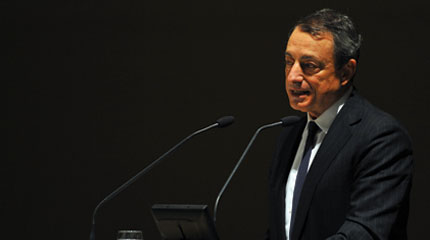By 2009, Germany’s gold investment market had become one of the largest in the world. Annual bar and coin demand quadrupled, shooting up from 36 tonnes in 2007 to 134 tonnes in 2009. The gold-backed ETC market registered impressive growth, too. Assets under management (AUM) jumped from zero at the start of 2007 to around 36 tonnes two years later and, in the years that followed, more gold-backed ETC products entered the market.
Since then, the German gold investment market has flourished. In 2016, 6.8bn was ploughed into German gold investment products. Demand for bars and coins is consistently above 100 tonnes annually and a vibrant domestic ETC market has developed. During the third quarter of 2017, German-listed ETC AUM hit an all-time high of 252.1 tonnes, equivalent to 9.8bn.
Such a transformation prompts two major questions: why has the market boomed, and what does the future hold?
Crisis after crisis…
The global financial crisis brought gold to the attention of German investors at large. While the world fretted about Lehman Brothers, German investors worried about the state of their own banking system and people feared for their savings. On 5 October 2008, the government guaranteed all private bank accounts, to prevent a run on the banks and a collapse of the banking system. This was part of a wider problem: banks across Europe were being bailed out by taxpayers.
In Germany, Mario Draghi’s actions have a particular resonance. Investors there have an acute awareness of the wealth-eroding effects of financial instability.
 The bailouts were double-edged. While banks stayed afloat, the countries that propped them up struggled, calling into question some of the most basic investment theses. The European sovereign debt crisis, for example, indicated that government bonds, which had been considered risk-free, were anything but.
The bailouts were double-edged. While banks stayed afloat, the countries that propped them up struggled, calling into question some of the most basic investment theses. The European sovereign debt crisis, for example, indicated that government bonds, which had been considered risk-free, were anything but.
European monetary policy became looser in response. In 2012, with the European project and its currency under pressure, Mario Draghi, president of the European Central Bank, pledged to do “whatever it takes to preserve the euro.” Faced with low inflation and anaemic economic growth, the ECB launched an aggressive quantitative easing programme and slashed deposit rates into negative territory.
In Germany, Draghi’s actions have a particular resonance. Investors there have an acute awareness of the wealth-eroding effects of financial instability. Hyper-inflation in the 1920s lingers on in the collective memory but, perhaps more importantly, German investors have seen fiat currencies come and go: in the past 100 years, the country has had eight different currencies. So it should come as no surprise that, when faced with such an unsettling economic backdrop, investors turned to gold to protect their wealth.
In 2016, €6.8bn was ploughed into German gold investment products. Demand for bars and coins is consistently above 100 tonnes annually and a vibrant domestic ETC market has developed.
More ways to buy gold
A changing landscape has encouraged this trend. Banks have been a long-standing presence in Germany’s gold market, acting both as wholesalers and retailers. But the market has evolved. As some banks pulled out of precious metals in the early 2000s, entrepreneurs stepped in to fill the void, making it easier for retail investors to buy gold. Today, estimates suggest that there are between 100 and 150 non-bank bullion dealers nationwide. Many are quite small, but two of the foremost players are Degussa, whose brand is exceptionally strong in Germany, and Pro Aurum, a leader in the online market.
While gold-backed exchange-traded products emerged on the global stage in 2003, it took several years before they were introduced in Germany. Xetra-Gold, launched in late 2007, was the first offering from Deutsche Bank and was soon followed by Börse Stuttgart Securities.
